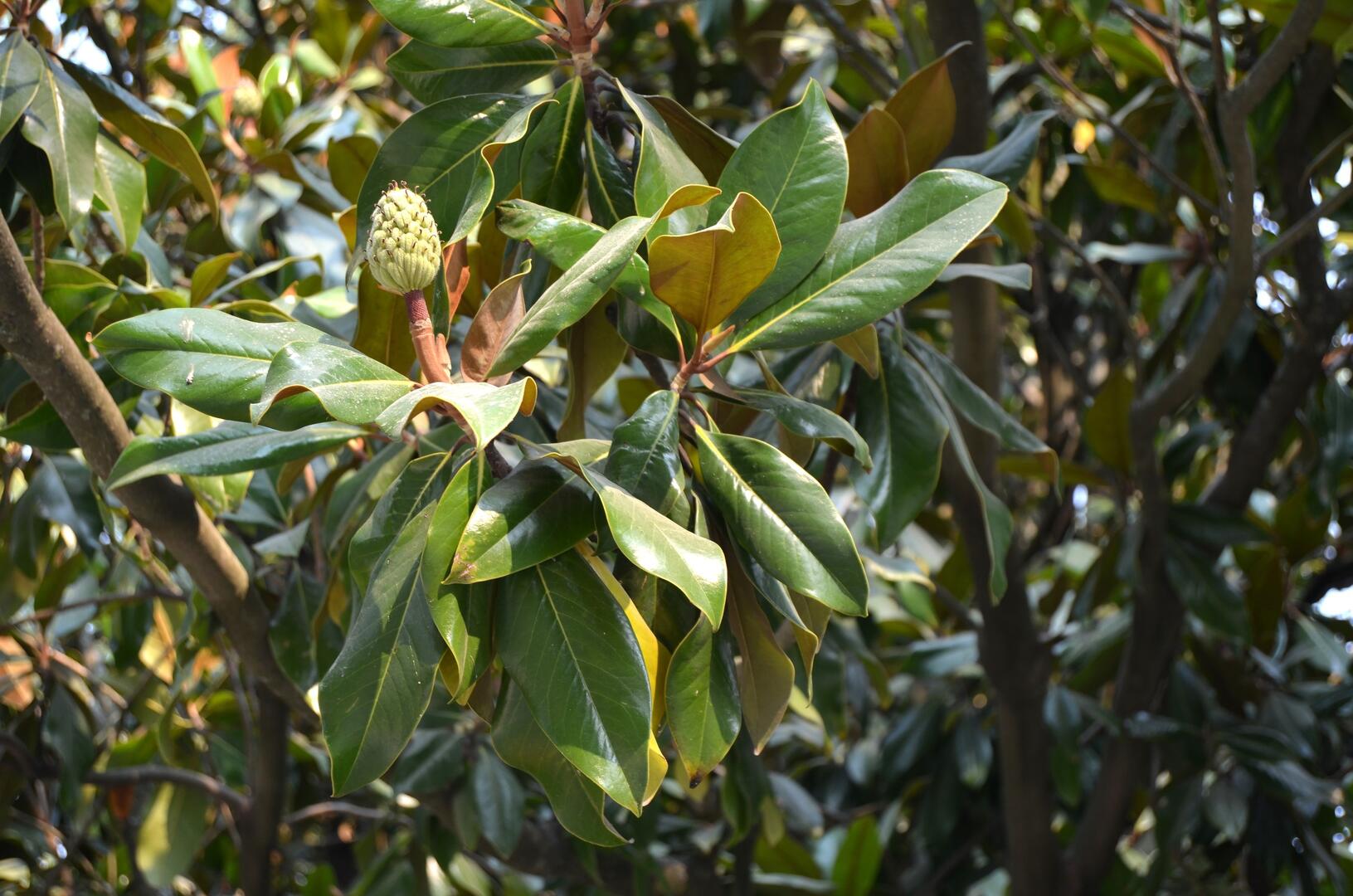Magnólia-branca / Southern magnolia
Nome Comum / Common Name:
Magnólia-branca / Southern magnolia
Nome Científico / scientific name:
Magnolia grandiflora L.
Família / Family:
Magnoliaceae
Ordem / Order:
Magnoliales
Sub-classe / Sub-class:
Magnoliidae
Classe / Class:
Magnoliopsida
Descritor / Descriptor:
L.
Distribuição Geral / Main Distribution:
Sudeste dos Estados Unidos / SE United States
Época Floração / Flowering time:
abril-junho / April-June
História e aplicações:
Magnolia: nome genérico dado em homenagem a Pierre Magnol, um botânico e médico de Montpellier (França), diretor do Jardim Botânico de Montpellier que viveu entre 1638 e 1715 e foi o criador do conceito de família em botânica. Grandiflora: epíteto latino que significa “com grandes flores” . A magnólia é muito apreciada em jardinagem, pela sua folhagem que se mantém verde durante todo o ano e pelas suas grandes e atrativas flores de aroma intenso; existem vários tipos de magnólias que se diferenciam pela forma das folhas e o tamanho das flores. A casca e botões florais de algumas espécies chinesas e japonesas de Magnolia, utilizam-se como medicinais pelas suas propriedades tónicas e estimulantes.
History and applications:
The name Magnolia was set in honour of Pierre Magnol (1638-1715), a botanist and physician from Montpellier (France). He was the Director of the Botanical Garden of Montpellier and he was the creator of the concept of “family” in Botany. Grandiflora, the Latin epithet, means “with large flowers”. Magnolias are greatly prised in gardening. Their foliage remains green all year round and its flowers are large, attractive and they produce an intense fragrance. There are several types of magnolias that differentiate considering the shape of the leaves and the size of the flowers. The bark and buds of some Chinese and Japanese species are used in traditional medicine as tonics and stimulants.



